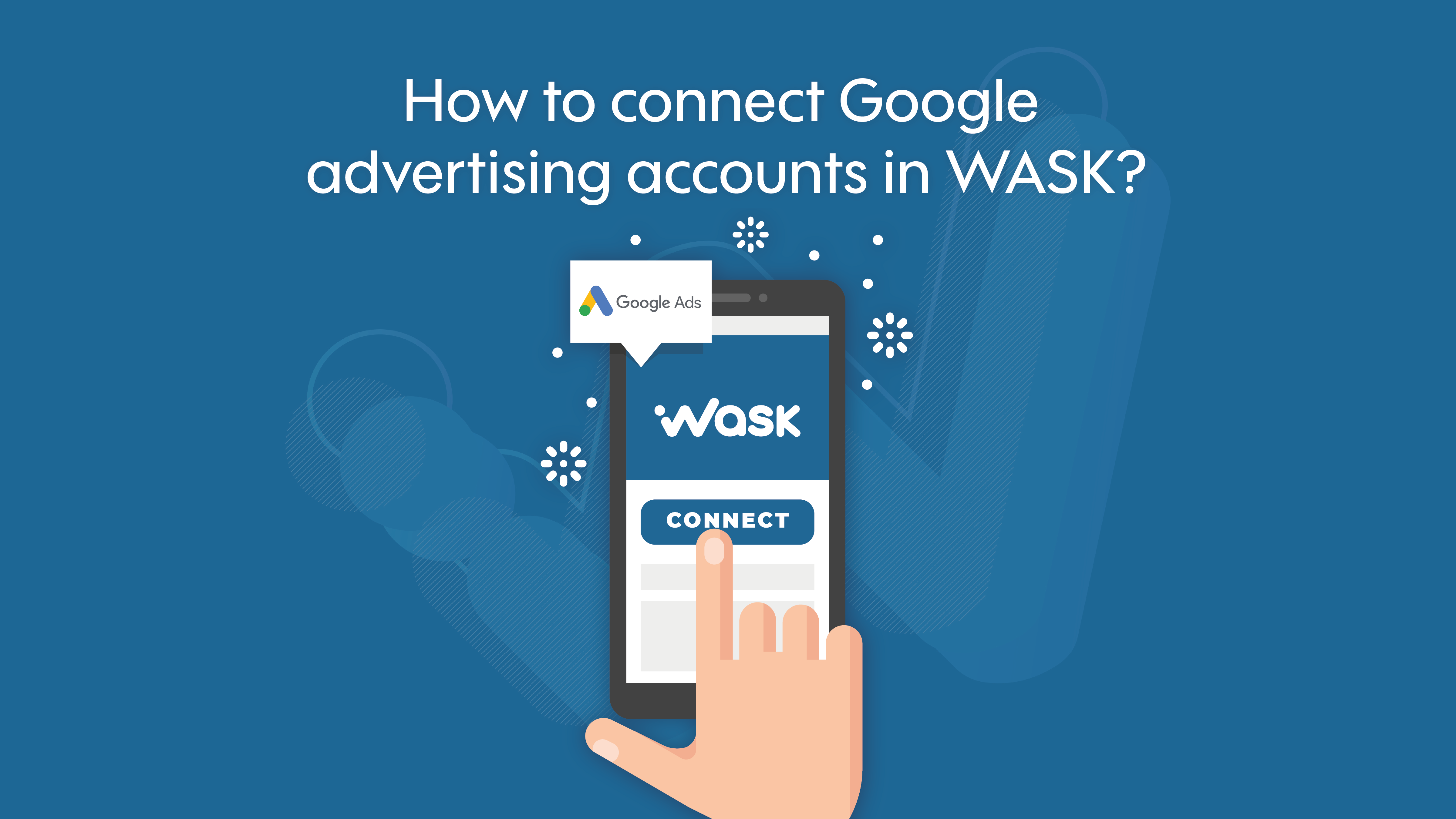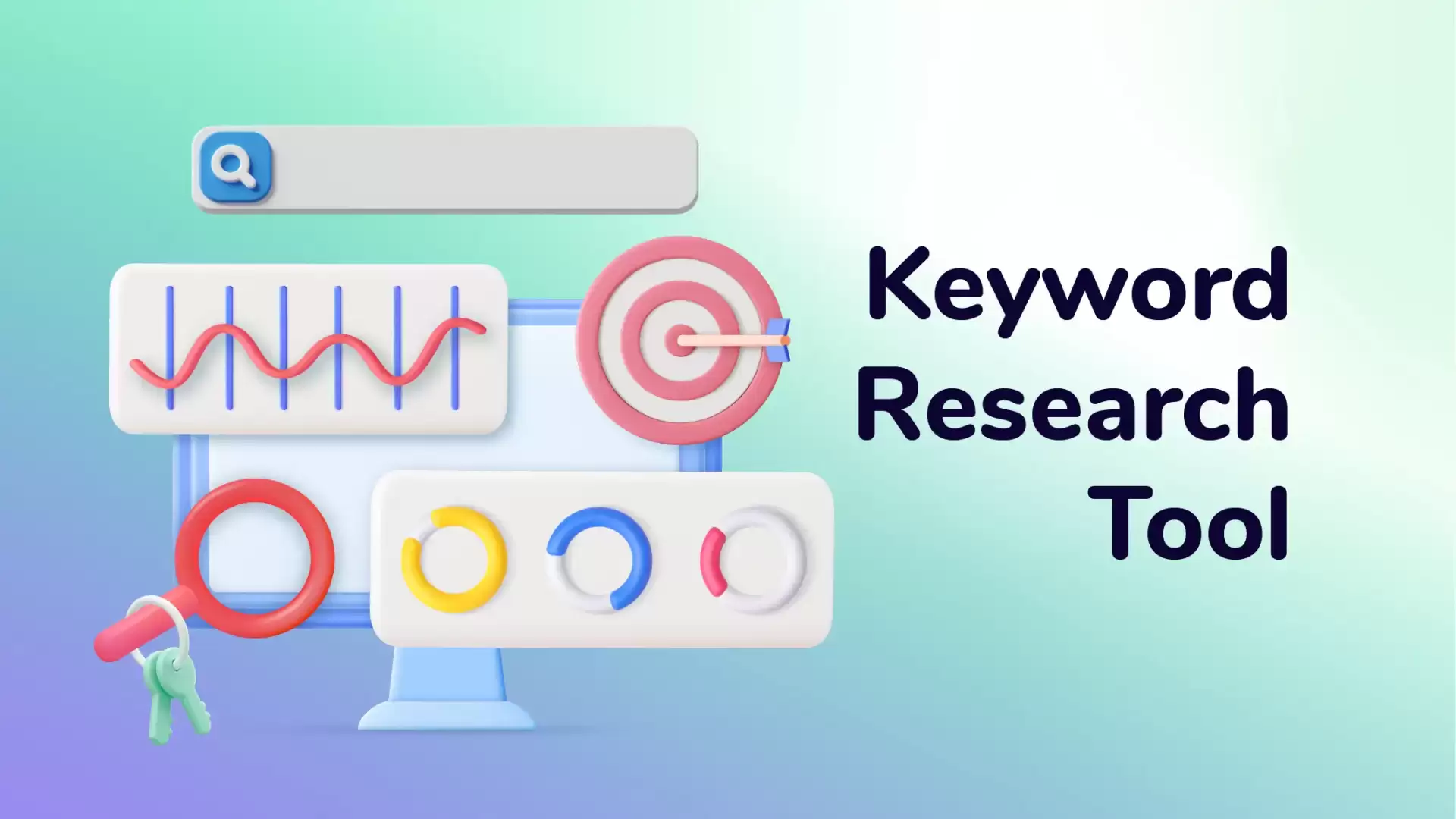How to Run a Competitor Analysis?
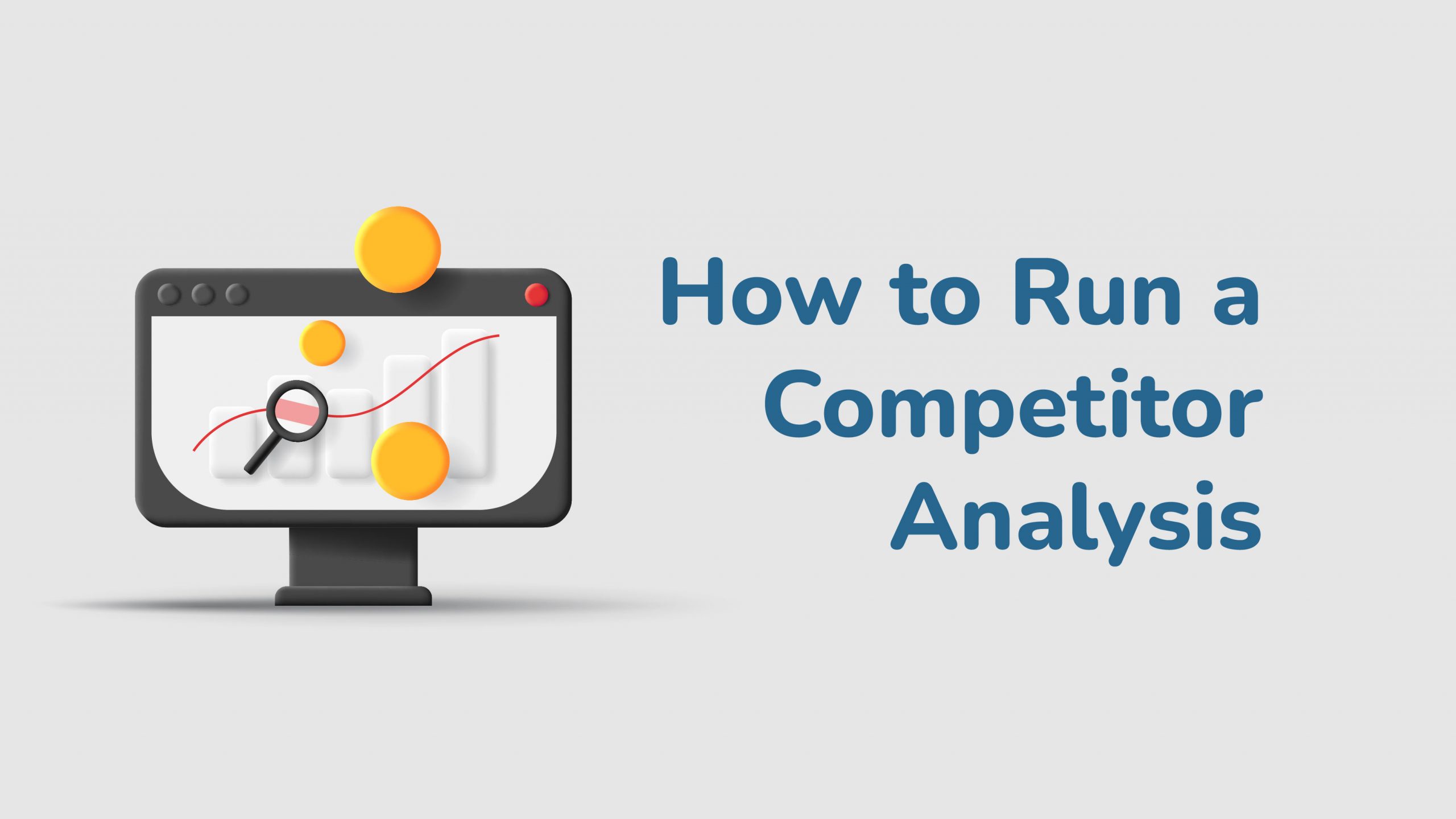
Competitor analysis may be difficult. If you’re a very new in business, it’s especially challenging, complex, and time-consuming. The majority of the data is absurdly difficult to obtain. Even if you are successful in uncovering information, you are often left with more questions than solutions.
So what should you focus on, and what should you do with that information?
In this article, we’ll go through the framework for competitor analysis and its basics as well as offer some advice on where to seek for data that isn’t generally accessible.
What is Competitor Analysis?
A competitor analysis, also known as a competitive analysis, is the process of identifying and analyzing competitors in your industry’s various marketing techniques. You may use this information to assess your company’s strengths and shortcomings in relation to each competition.
You may do a high-level competition study or delve into a specific component of your competitors’ company. This article will focus on how to do a generic competitive analysis, but you should personalize this method to your company’s requirements and goals.
Why do a Competitor Analysis?
Small company entrepreneurs sometimes find themselves handling many duties at once. Even if you have a hectic schedule, it is worthwhile to conduct a competitive analysis. It can benefit your company by assisting you with:
- Determine your company’s strengths and weaknesses.
- Recognize your market.
- Recognize industry trends.
- Set goals for future growth.
How to do a Competitor Analysis?
A competitive analysis included six important phases:
Phase 1: Determine your competitors
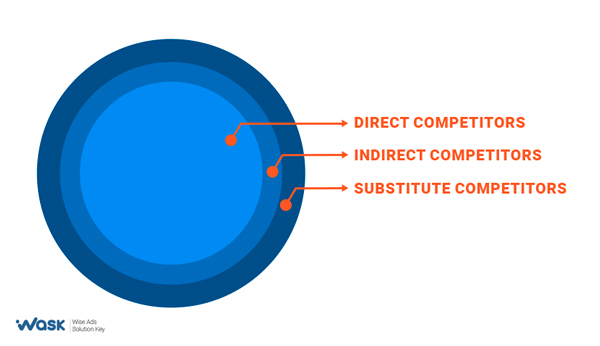
This appears basic, but there are several types of competitors to consider. They are as follows:
Direct competitors: They are firms that provide identical products and services to the same clients in the geographic region that your company serves.
Secondary/indirect competitors: These are firms who provide different products and services to a different customer but fall into the same broad category as you (e.g., a winery and a brewery are secondary competitors because they both sell alcohol).
Substitute competitors: These are companies that provide different products and services but target the same people in your location.
Phase 2: Create a competitor chart
Take some time to arrange yourself before you get into your competitor analysis. You may organize your research using a table or spreadsheet called a competitor matrix, sometimes referred to as a competitor grid. It will be simpler to compare your results to those of competitors and see wider patterns as a result.
Start by giving each competitor you’ve identified a row or column to itself. List the data points or categories of information you want to know about each competitor on the opposite axis. If you’re unsure of what to search for at this stage, don’t worry. As your study progresses, you may always add new categories.
Phase 3: Collect Data About Your Competitors
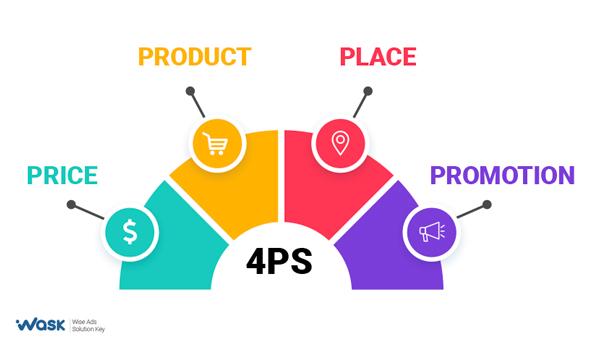
After determining who your competitors are, assess them in light of the “four Ps” of the marketing mix:
Product: Contrast their offerings with your own, preferably by buying and using them personally. What is the quality like? What qualities do you prefer or disapprove of?
Pricing: How are their goods and services priced? Do they have different prices for customers and channel partners? What is their policy on discounts? For example, can you estimate the breakdown of facebook ads cost?
Place: In comparison to your company, what is their geographic reach or service area?
Promotion: What marketing techniques are they using to interact and engage with their customers? How active are they on social media?
Since the “four Ps” idea was first introduced, it has grown, therefore make careful to include additional elements as well, such as:
Positioning: Evaluate their websites, social media, product documents, brochures and catalogues. Whom do they intend to appeal to? What makes them stand out from the competition?
Reputation: What are comments saying online and on social media platforms about the goods and services of your competitors? How do the reviews stack up against those for your company?
People: How big is their organization? What is the overall makeup of the workforce there?
Partnerships: Which manufacturers are they using? How long has their collaboration lasted?
Phase 4: Evaluate your own and your competitors’ strengths and weaknesses
Think about each of your chosen competitors’ advantages and disadvantages based on the data you’ve gathered. Consider the reasons why customers pick a certain brand’s goods or services over competing ones. In your spreadsheet, note your conclusions.
Finally, think about the strengths and shortcomings of your own business. How does your company stack up against the competitors you’ve studied? You can better serve your target clients by being aware of what makes your company stand out from the competition and where it falls short of expectations.
Phase 5: Form your competition’s target customers
In the absence of clients, a business cannot exist. You may learn a lot about your competitors’ company by gaining an understanding of who they sell to. To identify the ideal client for any business:
- Take a look at their mission statement.
- Take a look at the message they employ.
- Keep track of the social media contacts they make.
- Check to see whether any current clients are mentioned in the material.
Utilize this data to create a profile of the target market that your competitors are targeting with their goods and services. Since they are your competitors, these consumer profiles will presumably reflect those of your own target market, so pay attention to even minor variations.
Phase 6: Analyze Your Competitors’ Marketing Strategies
• Analyze Your Competitors’ Traffic
You should view the monthly traffic and traffic sources for your competitor with the competitor analysis tool. Additionally, you have to analyze direct, search, referral, social, or paid traffic and provide in-depth commentary. Additionally, you may view the distribution of devices used to access your competitor’s website’s traffic.
Getting knowledge of the nations that your competitors’ websites receive traffic from is quite crucial. By studying the nations your competitor is concentrating on, you may also forecast their digital marketing techniques. The competitor analysis accurately identifies the nations from which your competitor receives the most visitors.
• Evaluate Your Competitors’ Ads
You have to view your competitors’ Facebook and Google ads by utilizing competitor analysis tool. You can even quickly examine the terms that your competitor is using for digital advertising. These results are displayed with perfect accuracy.
By noticing the ads your competitors are using successfully, you can more quickly develop your own and stay one step ahead of them at all times.
• Search Keywords
Wouldn’t it be fantastic to discover which organic or sponsored keywords bring traffic to your competitors’ websites? It makes it simple for you to keep track of the keywords and search volume that your competitors’ websites generate from Google or other search networks. Additionally, it is possible to observe the numerical distribution according to the nations and traffic.
You can quickly determine which keywords to employ in your digital advertising and which are more effective in your sector this way.
• Check backlinks and frequently visited URLs
Are you interested in finding out how much traffic your competitors’ backlink campaigns are generating for them? It can reveal not just all the websites that your competitors’ customers visit, but also how much of that traffic originates from each reference website.
You have to monitor the monthly traffic total and the URL on your competitor’s website that receives the most visitors. You can find out all you need to know about your competitors using these digital marketing tools.
• Your business vs your competitor
It’s important to to keep track of both your own website and digital advertising data as well as that of your competitors. You may contrast your digital marketing statistics with that of your competitors. You can evaluate your benefits and drawbacks as a result.

